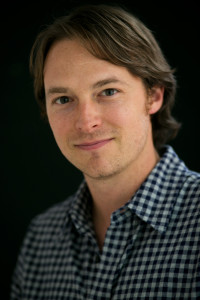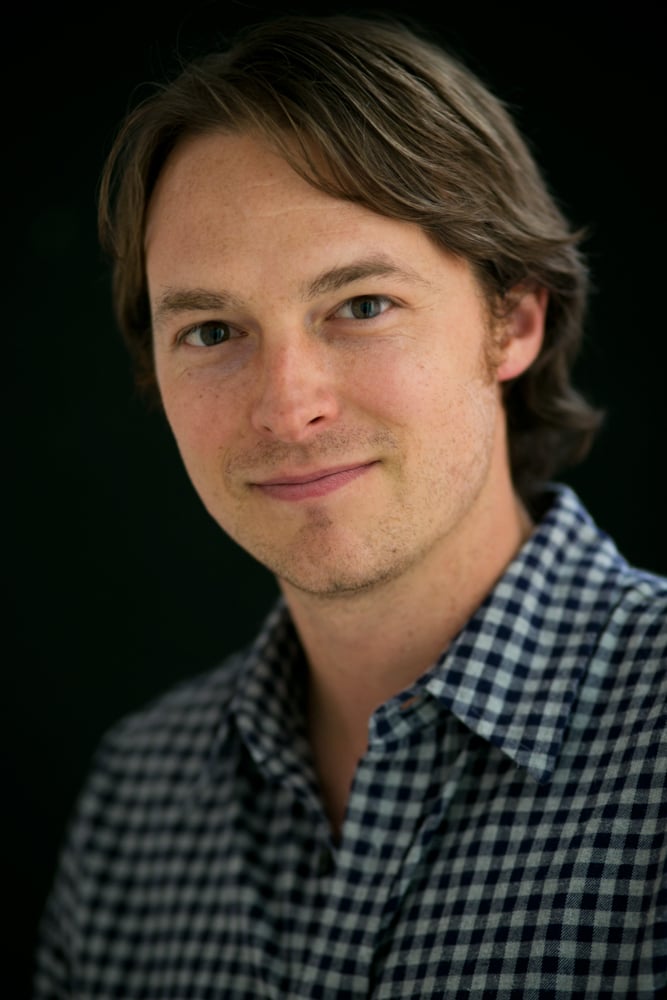
Josh Haner ’02, winner of the 2014 Pulitzer Prize for feature photography, almost didn’t accept the assignment that would ultimately earn him that prize.
In fact, the first time he was offered the assignment, he politely declined.
Haner was at The New York Times’ offices, where he was a photographer, celebrating with one of his colleagues who, coincidentally, had just won a Pulitzer Prize. When he saw the initial TV coverage of the Boston Marathon bombings, Haner jumped in his car and drove to Boston.
“I spent 10 days [in Boston], barely sleeping, covering the hunt for the suspects, the funerals and memorial services, and the city grieving,” Haner said.
As he was driving back to New York City, Haner received a call from one of his photo editors, who told him they had found Jeff Bauman and that Bauman had agreed to let them tell his story. Bauman had become something of a national symbol for Boston’s resilience when he was identified as the individual with gruesome injuries in an iconic photograph following the attack.
“I was so exhausted, I knew this would be a great opportunity, but I honestly didn’t know if I could do [the story] justice at that point,” Haner said.
However, a couple minutes later, Meaghan Looram ’96, at the time a deputy photo editor at The New York Times, called to convince Haner to take the story.
Looram, a Stanford alumna, had met Josh first when he was 15 and interning at the company where she had taken her first photography-related job after graduating from Stanford.
“Even then, he was a very impressive person. Exceptionally bright, endlessly curious and brimming with enthusiasm,” she wrote in a statement to The Daily.
She eventually encouraged him to apply to Stanford and was thrilled when he was accepted.
Haner later studied photography at Stanford under Joel Leivick, the same faculty member that Looram had learned from.
“Even though we were there at different times, I would venture to say that both Josh and I learned as much from Joel about seeing and understanding photography and its history as we did about actually shooting our own pictures. It was an incredible foundation,” Looram said.
Looram wrote that she understood that Haner was overwhelmed after many days of shooting live news in the immediate aftermath of the Boston bombing, but that she had believed that Haner was the ideal photographer for the story.
“I really felt that he was at a critical juncture in his development as a photographer, at a point where he really had the tools to cover this story beautifully,” Looram wrote. “I told him I thought this was an important [story] to tell, a story that had tremendous visual and emotional potential. I told him I thought this was a story he could really sink his teeth into. This was a story that could help him fortify his then burgeoning reputation as a committed long-form visual storyteller.”
She eventually convinced him to take the assignment – under the condition that he would go home and get some rest before continuing.
Taking the assignment
Haner eventually spent 21 days over the course of two-and-a-half months chronicling Bauman’s painful recovery. As a result of the bombings, Bauman had lost both his legs.
The assignment, however, was not an easy one.
“I knew the story was really good because Tim Rohan, the reporter and I, were inseparable,” Haner recalled. “We did everything together and I knew the reporting he was doing was very good.”
According to Haner, the lack of variety in Bauman’s life made taking good pictures difficult. Beyond a hospital room, a physical therapy room and his mom’s apartment, there were not many places Bauman could go.
“The majority of his time was mundane,” Haner said. “So visually, it was a very difficult story to tell and, as a result, I had to get really creative and take more risks.”
Time at The Stanford Daily
Haner’s work eventually earned him a promotion to the position of senior editor of photo technology – evidence he had come a long way from his days as the photo editor at The Daily.
“I dove right in at The Daily and after the second quarter, the photo editor decided he was done being the head photo editor and asked me, a freshman, to take over,” Haner said.
It was at The Daily that Haner chronicled the Stanford Powwow, his first documentary-style photography project – the type of project from which he would eventually earn a Pulitzer Prize.
“I photographed the Powwow my freshman year and took some really colorful, graphic pictures that I thought were really pretty,” Haner said. “It later dawned on me, though, that those pictures were very easy pictures to make and just furthered the stereotypes of the Powwow.”
“The next year, a group of three of us spent a long time researching and trying to find families that would allow us to follow them around,” he added. “That was my first documentary project.”
Haner, who was responsible for purchasing The Daily’s first digital camera, described his time at The Daily as impactful.
“The Daily taught me dedication,” he recalled. “Everyone was there because they loved journalism. Working on the documentary project about the Stanford Powwow was integral for me to realize that…we needed to look at a bigger story.”
“When I see my pictures on the front page of The New York Times, it reminds me of my pictures on the front page of The Stanford Daily,” Haner concluded.
Contact Andrew Vogeley at avogeley ‘at’ stanford ‘dot’ edu.
